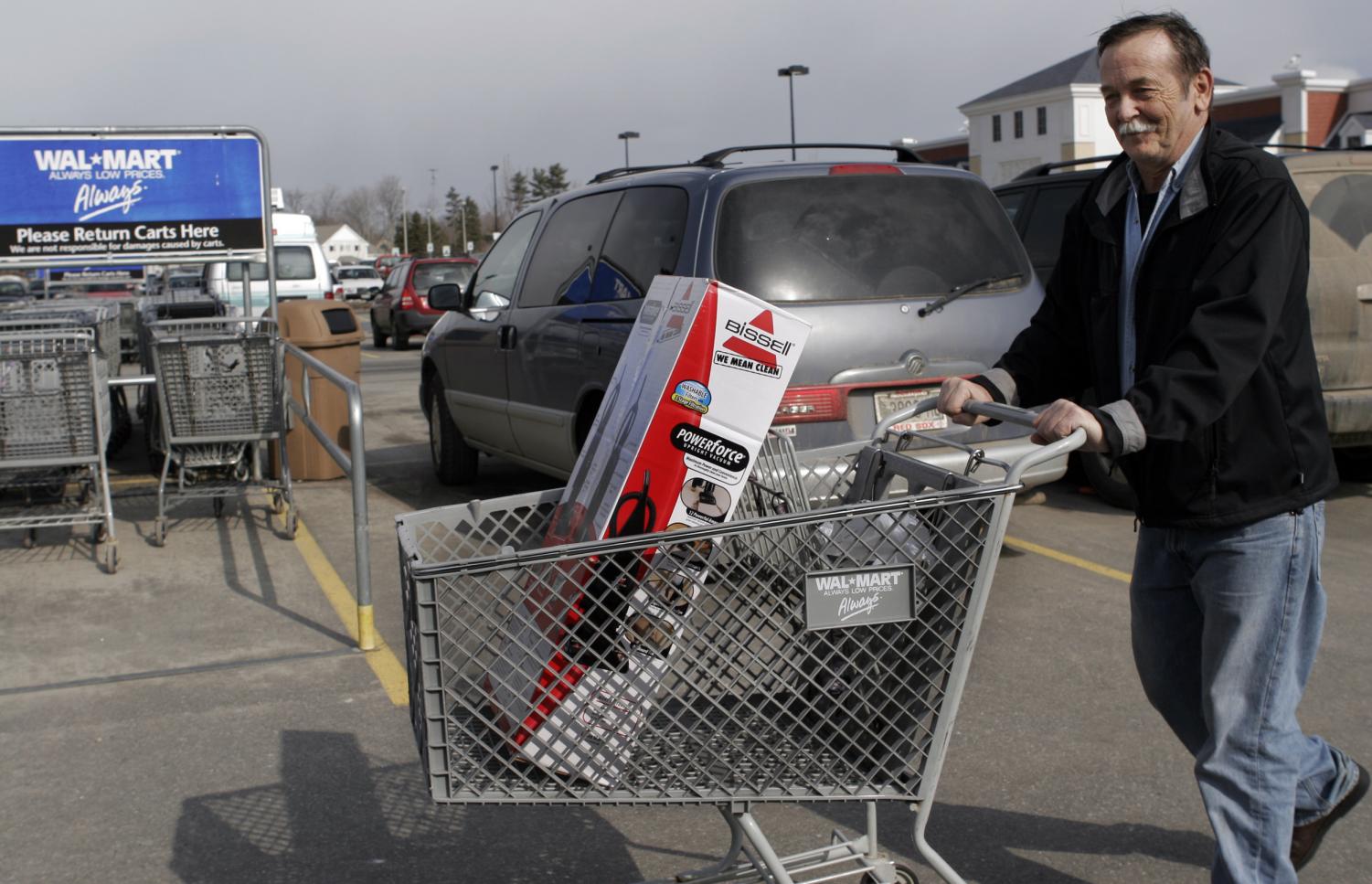WASHINGTON– U.S. consumer prices rose by a bigger-than-expected amount in January, reflecting big increases in the cost of food and health care, the government reported Wednesday.
The Labor Department said that its closely watched Consumer Price Index posted a gain of 0.4 percent last month, matching the December increase and was higher than economists had expected.
Core inflation, which excludes food and energy, showed an increase of 0.3 percent, the biggest jump in this measure in seven months.
The higher inflation readings were certain to attract the attention of the Federal Reserve, which has been cutting interest rates aggressively to ward off a recession. The Fed has said that it believes the sharp economic slowdown would keep inflation pressures from rising.
Ian Shepherdson, chief economist at High Frequency Economics, a private consulting firm, said the worse-than-expected news on inflation may prompt the Fed to cut interest rates by only a quarter-point at its next meeting on March 18 rather than the half-point move that markets have been expecting.
In other economic news, the Commerce Department said that construction of new homes and apartments rose by 0.8 percent to a seasonally adjusted annual rate of 1.012 million units in January. That was the first increase since October and followed a plunge of 14.8 percent in December.
However, applications for building permits, considered a good sign of where construction is headed, fell by 3 percent to an annual rate of 1.048 million units, the lowest level since November 1991. That was viewed as evidence that the nation’s troubled housing sector has yet to hit bottom.
The prolonged decline in housing, with falling sales and weak prices, has been a major drag on the overall economy. Growth skidded to a near standstill in the final three months of last year, rising at an annual rate of just 0.6 percent.
Some economists believe growth in this quarter and the next will turn negative, fulfilling the classic definition of a recession. To combat the economic weakness, Congress passed a $168 billion (euro114.6 billion) economic stimulus package to provide tax rebates to more than 130 million American families.
The Federal Reserve acted in January to aggressively cut interest rates with more rate cuts expected. However, the resurgent inflation pressures put Fed policymakers in the uncomfortable position of having to worry about both weaker growth and rising inflation.
The 0.4 percent rise in consumer prices was led by increases in the prices of food, energy and health care.
Food prices jumped by 0.7 percent last month, the biggest increase in 11 months and up sharply from a 0.1 percent rise in December. Prices for vegetables, fruits, poultry and pork all showed big increases. The rise in food costs has been blamed in part on rising demands for ethanol, which has pushed up corn prices.
Energy costs were up 0.7 percent in January with gasoline costs rising by 1.2 percent. Analysts said more price increases in this area are in the pipeline, given the spike in crude oil prices on Tuesday with a barrel of oil closing above $100 for the first time in history.
Excluding food and energy, core inflation rose by 0.3 percent, the first increase at this level since last June after a string of more modest 0.2 percent gains. Over the past 12 months, core inflation is up by 2.5 percent, which is over the Fed’s comfort level for gains in core inflation in the range of 1 percent to 2 percent.
Medical costs showed a 0.5 percent increase, up from a 0.3 percent rise in December. Prescription drug prices shot up by 0.7 percent, the biggest rise in a year, while hospital prices were up by 1 percent.
New car prices fell by 0.3 percent in January, reflecting a weak demand as motorists struggled with soaring energy costs. But airline fares were up by 0.8 percent, reflecting higher fuel costs.







